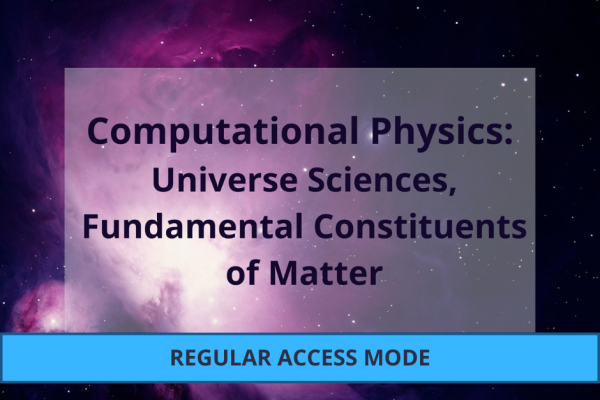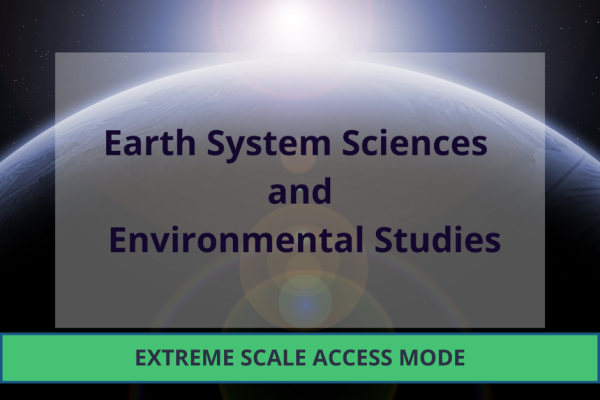Filter by
Awarded Projects (332)
RSS
The project proposes to carry out simulations of the plasma dynamics in the boundary region of single-null discharges performed in the TCV tokamak.

High-intensity particle physics experiments, such as those at MAMI in Mainz and at Jefferson Lab and Fermi Lab, are providing precision nucleon structure results in the search for new physics.

A molecular level understanding of skin permeation may rationalize and streamline product development and improve quality and control, of transdermal and topical drug delivery systems.

Optogenetics uses light to control the activity of specific cells, and it has revolutionised neuroscience research. Genetically modified cells express light-sensitive proteins called opsins, which are activated when exposed to light of a specific wavelength.

This is project meant to support the Smart-TURB ERC AdG (2021-2026) on Machine Learning applications to Eulerian and Lagrangian Turbulence.

This is a key contribution of Lattice Field Theory to Particle Physics at the precision frontier.

The project proposes a high-statistics computation of lattice correlation functions starting from isospin-symmetric QCD and including the leading isospin-breaking effects.

The simulation results are expected to drive improvements of reduced-order models and establish a reproducible methodology for BBN predictions in a realistic strongly compressible context.

The project aims to push the studies of spectral and transport properties of the QGP.

Antarctic and Greenland ice sheets lose most of their mass by a few corridors of rapidly flowing ice.